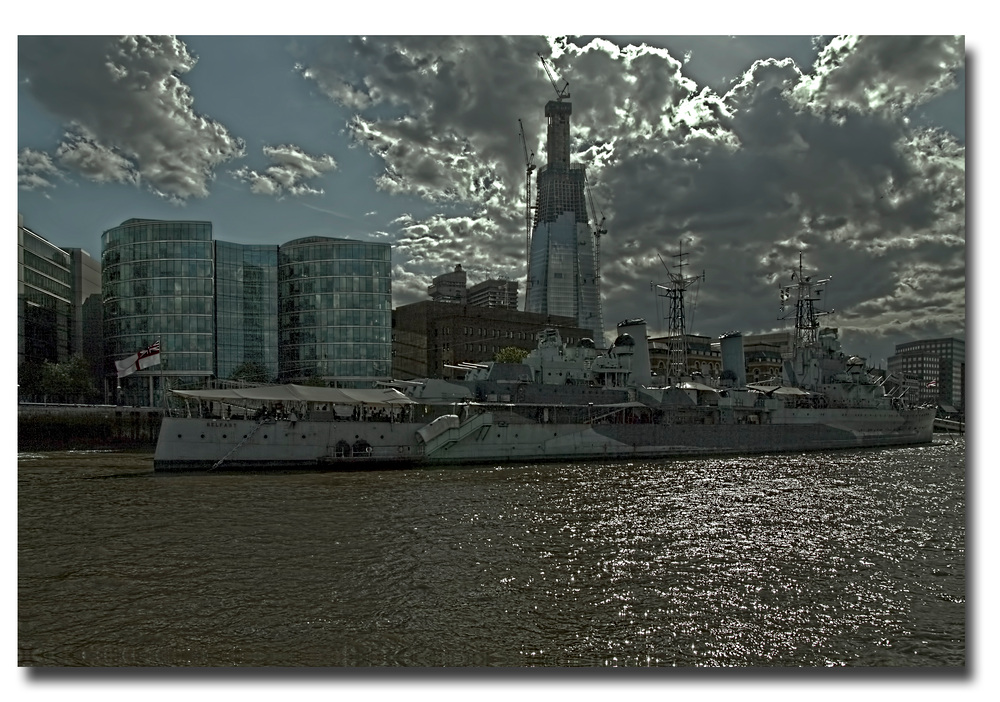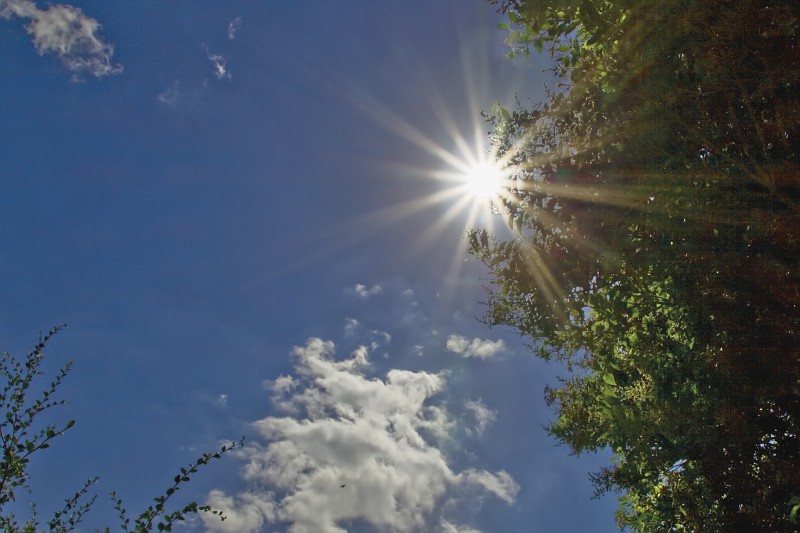Just curious, but in what circumstances would you use a shutter of say 4000 or an aperture of f32.
These things are on my camera but I've never used them as yet.
If anyone has a pic to show at either of these setting (or higher) please do.
Results 1 to 20 of 21
Thread: Shutter and Ap max
-
20th December 2011, 06:36 PM #1

- Join Date
- Sep 2011
- Posts
- 674
Shutter and Ap max
-
20th December 2011, 07:29 PM #2
Re: Shutter and Ap max
Never used an aperture stopped down that much - I would assume diffraction would become a problem.
The faster shutter speeds are used to freeze really fast moving object - say a drop of water hitting a surface. The photo below is one I took of a spinning top where I wanted to freeze the motion to give the viewer that the top was just balancing without spinning - taken at 1/8000s

-
20th December 2011, 07:38 PM #3

- Join Date
- Sep 2011
- Posts
- 674
Re: Shutter and Ap max
Thanks Malcolm. I thought 2000 would be enough to freeze most things (I don't know as I'm a happy novice). So at that sort of shutter speed you've used, would that be used on very fast jets etc.
-
20th December 2011, 08:06 PM #4
Re: Shutter and Ap max
The single drop of water hitting a surface and bouncing back up is the one that I've seen that you'd really need an ultra-fast shutter speed for. There are also of course those super bright days combined when you might want to open up your lens really wide for a shallow DOF - I had an f/1.8 - 1/4000 combination the other day.
-
20th December 2011, 08:07 PM #5
Re: Shutter and Ap max
Whenever I photograph a race in direct sunlight with a shutter speed of anything faster than 1/2000s I usually get underexposed images. I usually balance the shot with a combination of shutter speed and ISO and can usually get a decent image. Regarding aperture settings, the smaller aperture (f/22 to f/32) should give you a sharper image but I have understood that in image quality tests the photo suffers at lower apertures as the size of the print gets larger. This information is based on numerous photography reviews using what they call a Subjective Quality Factor and aperture and photo size are two of the critieria they (the senior editor and technology manager) use.
Popular Photography various issues
www.popphoto.com
-
20th December 2011, 08:24 PM #6

- Join Date
- Sep 2011
- Posts
- 674
Re: Shutter and Ap max
Interesting stuff. Thank you both for your input

-
20th December 2011, 08:51 PM #7
-
20th December 2011, 09:00 PM #8

- Join Date
- Nov 2010
- Location
- South Island, New Zealand
- Posts
- 651
- Real Name
- Ken
Re: Shutter and Ap max
Have a look at this which was put up by Frank in October
http://camerasim.com/camera-simulator.html
Here is an image of a stink fungus at f32, to get reasonable depth of field

Last edited by Ken MT; 20th December 2011 at 09:06 PM. Reason: added image
-
20th December 2011, 10:08 PM #9
Re: Shutter and Ap max
I am quite used to mechanical shutters which had a maximum of 1/1,000 second. In fact, many of my medium format film cameras utilized between the lens shutters which had a maximum of 1/500 second shutter speed.
In the days of film, the standard flash sync speed was 1/60 or occasionally 1/125 second with focal plane shutters while between the lens shutters could sync all the way up to their maximum of 1/500 second.
While the focal plane shutters were best for shooting action; the between the lens shutters had the advantage when shooting flash. In fact some medium format cameras normally used focal plane shutters but, could keep the focal plane shutter open and add a lens that utilized a between the lens leaf shutter. This was great for shooting weddings and other events in which flash was necessary.
Now to partially answer your question: if I went back and viewed the EXIF data from all of my shots from my DSLR cameras, I would expect that a very tiny minority of those images were shot at over 1/1,000 second shutter speed and at an apertute smaller than f/16.
-
20th December 2011, 10:29 PM #10

- Join Date
- Sep 2011
- Posts
- 674
Re: Shutter and Ap max
Thank you for all your replies. I don't think I haven't been over a 1000 of a sec since buying the Canon 550D a few months back. This is why I'm interested in knowing why I have such a high shutter speed.
-
20th December 2011, 11:36 PM #11

- Join Date
- Apr 2011
- Location
- Ontario (mostly)
- Posts
- 6,667
- Real Name
- Bobo
Re: Shutter and Ap max
-
20th December 2011, 11:39 PM #12
-
21st December 2011, 12:16 AM #13

- Join Date
- Sep 2011
- Posts
- 674
Re: Shutter and Ap max
Nice one guys. Thanks for explanations

-
22nd December 2011, 03:13 AM #14

- Join Date
- Dec 2011
- Location
- Forest, VA,
- Posts
- 12
Re: Shutter and Ap max
Not that it is something you might want to do, but there was many years ago a school of landscape photography called "the f/64 school." These guys shot (probably on 8X10 view cameras) landscapes at f/64 and f/128. Got fantastic depth-of-field. Haven't heard much about them lately.
Gene
-
22nd December 2011, 03:22 AM #15

- Join Date
- Dec 2008
- Location
- New Zealand
- Posts
- 17,660
- Real Name
- Have a guess :)
-
22nd December 2011, 09:17 AM #16

- Join Date
- Sep 2011
- Posts
- 674
Re: Shutter and Ap max
Just reading about them Gene... http://en.wikipedia.org/wiki/Group_f/64
Great picture Colin, but why did you choose those settings for this shot? What would have happened if it was 1/1000th @ f14?
-
22nd December 2011, 10:30 PM #17
Re: Shutter and Ap max
Not necessarily needed for this Dave; because you'd almost always pan with a fast jet, not try to capture it from a tripod as it whizzes past. Further, assuming it isn't against the sky alone, you might actually want to blur the background a bit by using something slower.
I regularly use upto to my 1/4000s max on birds in flight like Bobo.
I have used f/32 on macro shots of spiders, etc.
To use both together it would need to be a very bright subject like Colin's silhouette, which if shot at 1/1000s at f/14, would be over exposed (it was shot at iso 100), unless an ND is used of course.
I think the closest I got was 1/4000s at f/11 (but at iso1000!) - Shooting into the sun, I figured the sensor is at less risk of damage if exposed for a shorter time and via a narrower aperture than if I'd shot at iso100 (and about 1/1000s at f/8 for same exposure).
Cheers,
-
22nd December 2011, 10:53 PM #18

- Join Date
- Sep 2011
- Posts
- 674
-
23rd December 2011, 12:37 AM #19
Re: Shutter and Ap max
Last edited by Dave Humphries; 23rd December 2011 at 12:43 AM.
-
23rd December 2011, 06:11 AM #20

- Join Date
- Dec 2008
- Location
- New Zealand
- Posts
- 17,660
- Real Name
- Have a guess :)

 Helpful Posts:
Helpful Posts: 
 Reply With Quote
Reply With Quote








